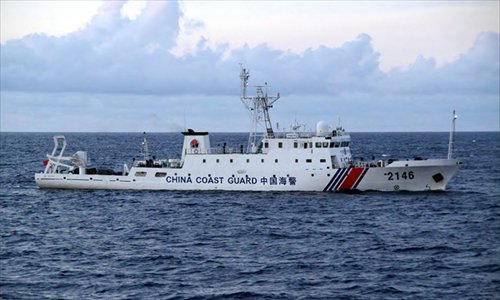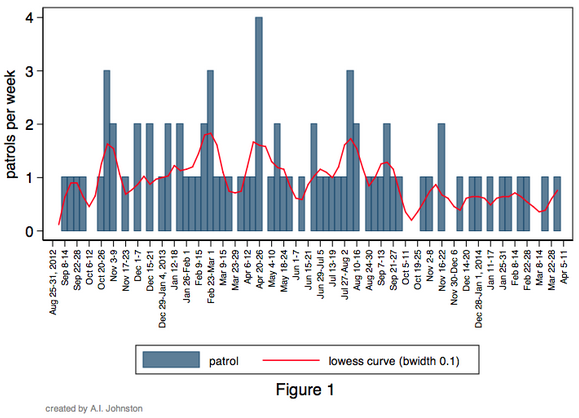(Photo Credit: AFP/Japan Coast Guard)
(BGF) – In this article, featured in The Washington Post, M. Taylor Fravel and Alastair Iain Johnston, professors at MIT and Harvard University, respectively, analyze recent data on the frequency of Chinese coast guard patrols off the disputed Senkaku/Diaoyu Islands. According to the data released by the Japanese Coast Guard, Chinese patrols in the territorial waters off the disputed islands have decreased since October 2013. While the authors are careful not to infer too much from the data, they lay out three possible conclusions that could be drawn, including the possibility that China’s decreased patrols indicate a willingness to de-escalate the tensions with Japan. Click here to read the full article or visit The Washington Post‘s website.
Chinese Signaling in the East China Sea?
By M. Taylor Fravel and Alastair Iain Johnston
The dispute between Japan and China over the sovereignty of the Senkaku/Diaoyu Islands is one of the most volatile flashpoints in East Asia today. After the Japanese government purchased three of the contested rocks from a private Japanese citizen in September 2012, China began to use its coast guard to conduct regular patrols within the 12-nautical-mile territorial waters around the islands. These patrols have contributed to frictions in the Sino-Japanese relationship because they directly challenge Japan’s claim to sovereignty and administrative control. By increasing the number of ships in contested waters, China’s patrols also increase the risk of a collision or other accident that could escalate into an armed conflict between the region’s largest economies.
Daily records published by the Japanese Coast Guard on Chinese patrols suggest an intriguing change in the pattern of Chinese behavior since last fall. Although we are reluctant to infer too much about China’s bargaining strategies from these data alone, China’s history of crisis management and coercive diplomacy suggest that tactical, on-the-ground behavior offer one important means for signaling either escalation or de-escalation.
As Figure 1 shows, since October 2013 there has been a substantial decline in the frequency of Chinese patrols within the territorial waters of the Senkaku/Diaoyu Islands. Prior to that China conducted as many as four patrols per week within the islands’ territorial waters. Yet in October, more than three weeks passed in which no patrols occurred in the 12-mile zone (Oct. 2-27). Since then (our data is current as of April 4), the frequency of patrols has dropped and maintained a fairly steady average of about one patrol into the 12-mile zone every couple of weeks.
A few simple statistical tests support our observation that a shift in Chinese behavior has occurred. A Zivot-Andrews test used to identify statistical cutpoints in time series data confirms that in early October a basic change in the frequency of patrols occurred. Likewise, a comparison of the average weekly number of patrols within the territorial waters before and after October 2013 further supports this conclusion. Figure 2 shows a statistically significant decline in the frequency of patrols into the 12-mile zone after Oct. 1, 2013 (t=2.99 p=0.004, two-tailed). Note that the patrols inside the territorial waters have dropped by about half.
Click here to continue reading.

